
Supercharge your lead generation with a FREE Google Ads audit - no strings attached! See how you can generate more and higher quality leads
Get My Free Google Ads AuditFree consultation

No commitment
Supercharge your lead generation with a FREE Google Ads audit - no strings attached! See how you can generate more and higher quality leads
Get My Free Google Ads AuditFree consultation

No commitment
In today's complex marketing landscape, effective B2B marketing requires a strategic mix of both online and offline channels working in concert. Online channels like social media build digital brand awareness, email marketing nurtures ongoing relationships, and SEO drives organic visibility. Meanwhile, offline channels such as trade shows generate face-to-face connections, direct mail creates tangible touchpoints, and industry publications establish thought leadership.\n\nWithin this integrated ecosystem, Google Ads plays a critical middle-funnel role by capturing high-intent prospects at the exact moment they're searching for solutions—effectively bridging the gap between broader awareness efforts and your sales process. For naval stores, Google Ads represents a powerful opportunity to link online and offline marketing efforts: intercept decision-makers at the precise moment of need, target with precision using unique industry-specific terms, and measure ROI effectively by tracking clicks through to closed deals.\n\nEffective strategies in naval stores require acknowledging common challenges such as missing high-value prospects due to untracked interactions, leading to lost opportunities. Identifying anonymous visitors and directing them into targeted ad campaigns can address this issue.
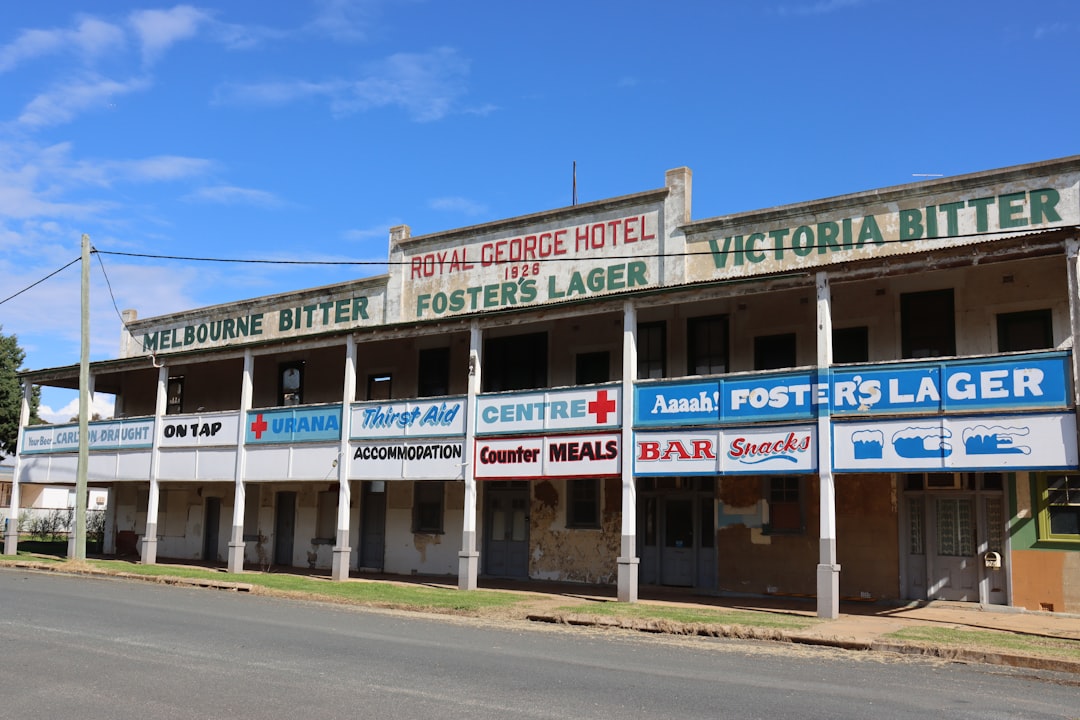
Naval stores businesses targeting B2B buyers need a methodology that sharpens every stage of digital acquisition. A multi-channel, data-driven approach ensures that marketing spend directly supports high-value opportunities instead of dissipating across low-yield segments. To deepen your understanding of how Google Ads auctions impact your strategy and budget, review how the Google Ads auction works.
By matching targeted paid search campaigns with Sona’s Audiences tool, you can accelerate pipeline velocity and surface leads ready for meaningful engagement. This guide provides a tactical framework to help revenue teams unify paid search, intent data, and CRM insights for maximum ROI in naval stores marketing. For further insights on orchestrating effective acquisition campaigns, explore our latest marketing blog content.
By rigorously applying these data-driven Google Ads strategies tailored for naval stores advertising, B2B revenue teams can efficiently generate, qualify, and convert high-value leads in a competitive market. If you’re ready to put these strategies into action, get started for free with Sona and unify your paid search, audience targeting, and CRM data today.
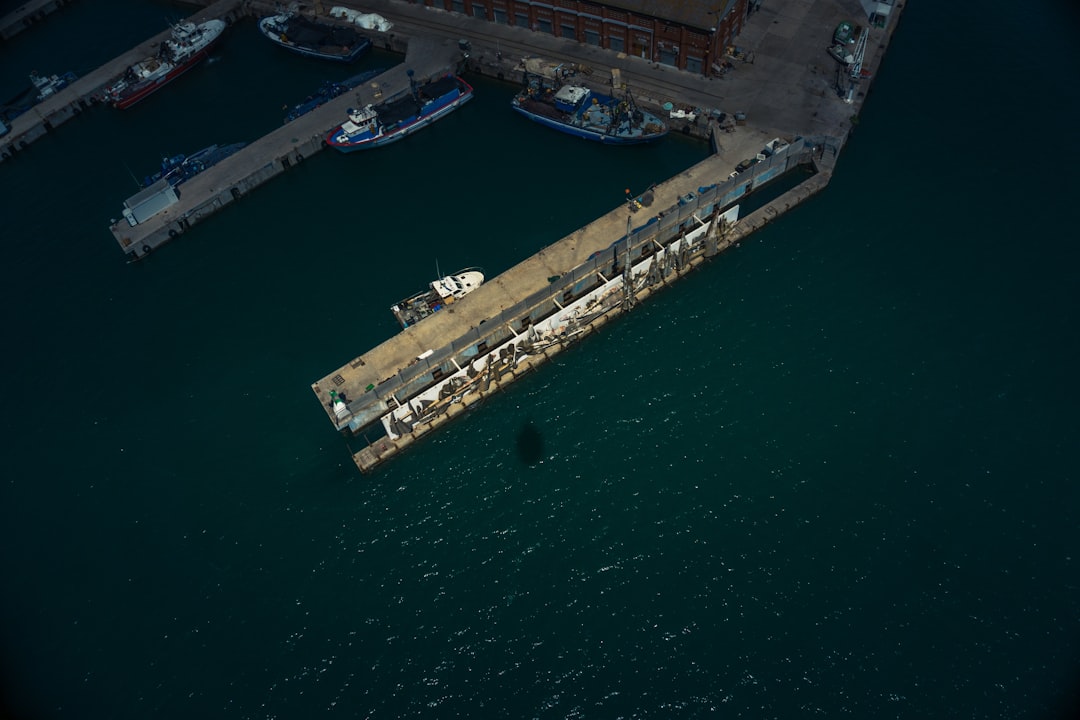
Naval stores face a uniquely complex buying environment, where specialized procurement cycles and high-value contracts demand precision in outreach. Google Ads provides a direct line to decision-makers, ensuring that marketing budgets are not wasted on broad, unqualified audiences. For marketers seeking to turn anonymous web traffic into actionable leads, Sona Identification enables teams to reveal and prioritize verified company interest for more efficient sales outreach.

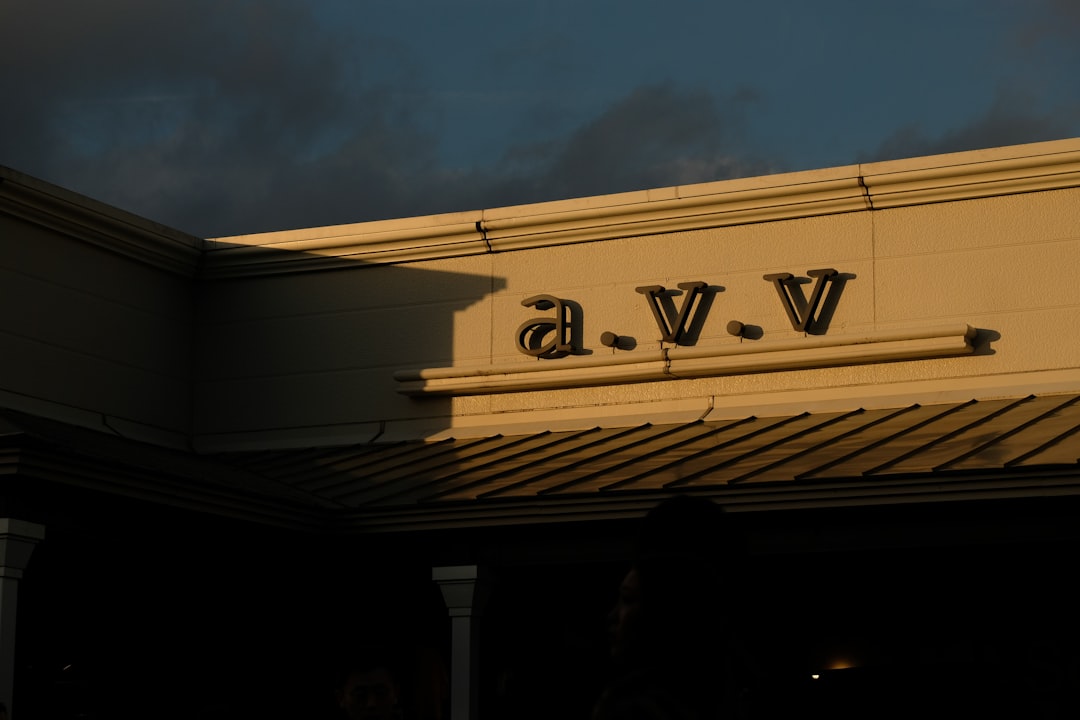
B2B revenue teams in naval stores increasingly face diminishing returns from traditional advertising channels and broad-match search terms. Identifying untapped digital opportunities ensures sustained pipeline growth and sharper ROI, especially when marketing budgets demand precision.
Ready to unlock more growth channels? Get started for free with Sona.
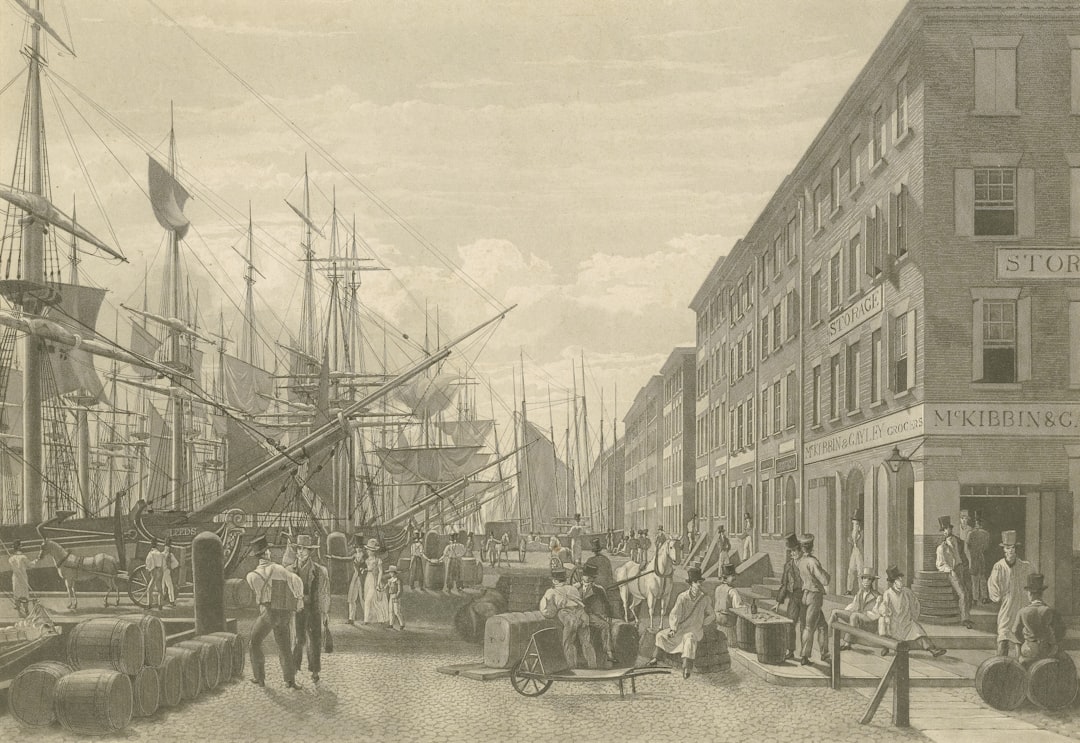
Effective audience segmentation is foundational for maximizing ROI in naval stores marketing. By pairing granular segmentation with dynamic audience management and real-time intent signals, teams can shift budget toward the segments most likely to convert, streamlining acquisition and minimizing wasted spend.
To see how effortless segmentation, intent signal integration, and conversion validation can be, get started for free with Sona.
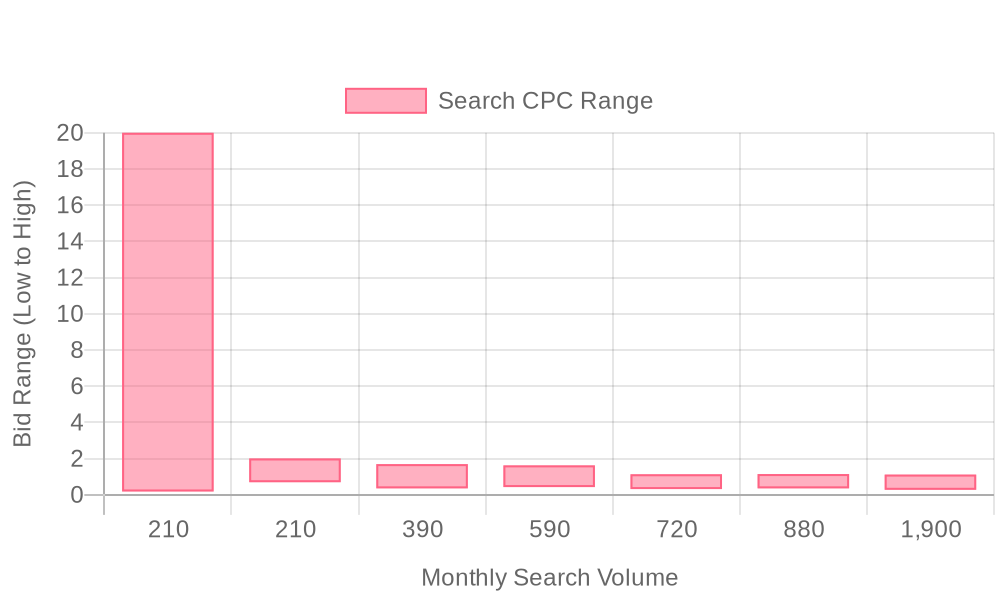
| Industry | Keyword | Monthly Search Volume | Competition Level | Low Bid | High Bid |
| Naval Stores | naval aviation museum store | 210 | MEDIUM | 0.19 | 20 |
| Naval Stores | official navy gear | 210 | HIGH | 0.7 | 2.01 |
| Naval Stores | navy clothing store | 390 | HIGH | 0.36 | 1.7 |
| Naval Stores | navy online store | 590 | HIGH | 0.43 | 1.63 |
| Naval Stores | navy merchandise | 720 | HIGH | 0.32 | 1.14 |
| Naval Stores | us navy merchandise | 880 | HIGH | 0.36 | 1.15 |
| Naval Stores | midshipmen store | 1900 | MEDIUM | 0.28 | 1.12 |
Revenue teams in the naval stores sector require a search-driven approach that engages high-intent buyers precisely when they are seeking specialized marine supplies, coatings, and logistics solutions. Strategic Google Ads for Naval Stores campaigns address this need, serving as a core component of a multi-channel marketing strategy designed to convert search-driven demand efficiently.
Google Ads occupies a unique middle-funnel position in naval stores marketing: prospects who discover your brand via social or email often turn to search just before making their final buying decision. By intercepting these prospects with keyword-rich campaigns designed around terms like “marine supplies distributor,” “ship maintenance products,” and “naval equipment procurement,” marketers ensure they appear at the critical moment of purchase consideration. For more tips on maximizing campaign impact, explore our latest blog articles.
Precision in keyword selection is essential. Teams should segment campaigns by product category, audience intent, and regional relevance, using terms tailored to B2B procurement cycles and compliance requirements. Real-time audience insights can refine these keyword lists on an ongoing basis, dynamically updating bid strategies as market signals shift. This ensures that ad spend is directed toward in-market accounts, maximizing both visibility and conversion rates across the naval supply chain.
Precision in keyword selection is the backbone of successful Google Ads for Naval Stores. Begin by clustering keywords according to product types—such as marine paints, mooring ropes, or cargo securing equipment—to ensure each ad group reaches the most relevant audience. Enhance targeting by localizing terms (e.g., “Baltimore marine supplies” or “Houston deck hardware”), aligning your strategy with the actual search behaviors of procurement teams and maritime professionals.
Include long-tail keywords and question-based queries to capture high-intent prospects, such as “best anti-fouling paint for ships in Miami” or “how to secure cargo for transatlantic shipping.” Negative keywords are equally essential: exclude unrelated queries like “naval history museum” or “naval officer training” to safeguard your budget. When keywords mirror terminology found on your web content, ad relevance and Quality Scores improve, driving more qualified clicks and reducing wasted spend. With Sona Identification, marketers can directly tie keyword clusters to on-site engagement, identifying which terms attract the highest-value companies and adjusting campaigns in real time.
For more on how the Google Ads auction impacts keyword strategy, review this overview of Google Ads auction.
Effective ad copy for naval stores must resonate with industry-specific needs and quickly establish trust. Headlines should reflect the day-to-day challenges of marine operators, such as “Prevent Rust with Certified Marine Coatings” or “Heavy-Duty Ropes—Trusted by Shipbuilders Worldwide.” Embedding trust signals like ISO certifications, safety awards, or decades of reliability directly into descriptions builds immediate credibility.
Timely calls-to-action—such as “Consultations Open Now!” or “Bulk Discounts for Fleet Owners”—capitalize on urgency and decision cycles common in procurement. Ad extensions, including structured snippets for product categories or call extensions for direct supplier contact, add context and drive more engagement. Maintaining consistent messaging across all online channels ensures prospects experience a unified, professional brand voice. Sona’s Buyer Journeys empowers revenue teams to sync approved messaging with every ad variation, allowing creative updates to flow seamlessly from marketing to live campaigns.
Relevance across the full journey—from keyword to ad to landing page—is critical in converting interest into qualified leads for naval stores. Each product or service category (e.g., mooring lines, navigation aids, waterproof coatings) should have a dedicated landing page tailored to the visitor’s intent. Include interactive calculators for bulk pricing, customer testimonials from maritime clients, and a robust FAQ addressing technical and logistical questions.
Ensure every landing page features a strong, mobile-optimized call-to-action, such as “Request a Custom Quote” or “Book a Dockside Demo.” Form submissions should sync instantly with your CRM to support rapid lead follow-up and pipeline visibility. By leveraging platforms that unify web and ad data, marketers can map each lead’s journey, identify drop-off points, and surface high-value opportunities back to sales in real time.
Continuous optimization separates average Google Ads for naval stores campaigns from top performers. Actively measure both micro-conversions (e.g., spec sheet downloads, inquiry form starts) and macro-conversions (e.g., RFQ submissions, demo bookings) to pinpoint which touchpoints drive revenue. Smart Bidding strategies, such as target CPA or ROAS, dynamically allocate budget toward the most profitable keywords and audiences. For tactical guidance on optimization and campaign structure, see this Google Ads ecommerce guide.
A/B testing on ad copy and landing page layouts uncovers the combinations that best resonate with purchasing managers and marine engineers. Uploading offline conversions—such as closed deals or qualified calls—into Google Ads enables true ROI measurement and ensures campaigns are optimized for actual business outcomes. Sona’s Ad Conversions helps teams leverage granular ad data to inform content marketing and sales outreach, aligning campaign insights with broader buying signals. This integrated approach allows for automated audience updates as prospects progress through the funnel, ensuring retargeting and nurturing remain relevant at every stage.
Ready to optimize your campaigns and unify your ad data? Get started for free with Sona.
Expanding your naval stores presence requires a purposeful blend of digital tactics, audience intelligence, and market-driven messaging. Modern B2B marketers in this niche see the strongest results by unifying their marketing and sales data for granular targeting and precise campaign measurement. Accessing precise audience intelligence helps ensure every campaign is built on real-time account signals and intent.
Effectively using Google Ads for naval stores hinges on matching campaign structures to buyer needs and market realities. Precise keyword targeting, segmentation aligned with customer lifecycles, and creative that resonates with decision makers set the foundation. Real-time optimization using unified data eliminates blind spots, improves lead quality, and ensures your marketing spend delivers measurable results across the naval stores ecosystem. Learn more about how Google Ads auction works to inform your bidding and placement strategies, or explore retargeting strategies tailored to B2B and industrial marketing.
Ready to put these strategies in action? Get started for free with Sona.
In conclusion, effectively leveraging Google Ads for naval stores requires a blend of strategic planning and targeted execution. By understanding your audience, crafting compelling ad copy, and utilizing analytics to fine-tune your campaigns, you can significantly enhance your advertising outcomes. This approach ensures that your naval store reaches potential customers precisely when they are searching for what you offer.
Throughout this article, we explored the unique challenges of advertising naval stores through Google Ads. We discussed the importance of keyword optimization, ad placement strategies, and continuous performance analysis. These insights are designed to help you maximize your ad spend and achieve measurable results in a competitive marketplace.
Imagine the impact of a well-optimized ad campaign that consistently drives high-quality traffic to your naval store. With the right data-driven strategy, you can transform your advertising efforts into a powerful engine for growth. This sense of possibility is within your reach, empowering you to expand your brand's visibility and profitability.
To truly harness the full potential of your advertising strategy, start for free and explore how our platform can elevate your campaigns. Experience firsthand the capabilities that can drive actionable insights and unify your go-to-market data seamlessly.
The best practices include using a data-driven approach, integrating CRM and intent data, targeting precise technical keywords, and aligning creative assets with landing pages to ensure consistent messaging and higher conversion rates.
Effective targeting involves defining precise technical keywords and audience segments specific to the naval stores industry, using Google Ads features like custom intent audiences and dynamic audience management to engage decision-makers with purchasing authority.
Budget allocation should be flexible, allowing for real-time shifts towards high-converting campaigns using predictive buying stages and performance monitoring platforms to ensure optimal spend.
Optimizing Google Ads involves using predictive buying stages, auto-updating CRM audiences, and performance monitoring to refine ad exposures and shift budget towards campaigns showing rising intent and engagement.
Use highly specific, service-oriented keywords related to naval stores, such as 'marine maintenance solutions' and 'specialty coatings suppliers,' to capture high-intent buyers and improve lead quality.
Join results-focused teams combining Sona Platform automation with advanced Google Ads strategies to scale lead generation

Connect your existing CRM

Free Account Enrichment

No setup fees
No commitment required

Free consultation

Get a custom Google Ads roadmap for your business
Join results-focused teams using Sona Platform automation to activate unified sales and marketing data, maximize ROI on marketing investments, and drive measurable growth

Connect your existing CRM

Free Account Enrichment

No setup fees
No commitment required

Free consultation

Get a custom Google Ads roadmap for your business
Over 500+ auto detailing businesses trust our platform to grow their revenue
Join results-focused teams using Sona Platform automation to activate unified sales and marketing data, maximize ROI on marketing investments, and drive measurable growth

Connect your existing CRM

Free Account Enrichment

No setup fees
No commitment required

Free consultation

Get a custom Google Ads roadmap for your business
Over 500+ auto detailing businesses trust our platform to grow their revenue
Join results-focused teams using Sona Platform automation to activate unified sales and marketing data, maximize ROI on marketing investments, and drive measurable growth

Connect your existing CRM

Free Account Enrichment

No setup fees
No commitment required

Free consultation

Get a custom Google Ads roadmap for your business
Over 500+ auto detailing businesses trust our platform to grow their revenue
Join results-focused teams using Sona Platform automation to activate unified sales and marketing data, maximize ROI on marketing investments, and drive measurable growth

Connect your existing CRM

Free Account Enrichment

No setup fees
No commitment required

Free consultation

Get a custom Google Ads roadmap for your business
Over 500+ auto detailing businesses trust our platform to grow their revenue
Our team of experts can implement your Google Ads campaigns, then show you how Sona helps you manage exceptional campaign performance and sales.
Schedule your FREE 15-minute strategy sessionOur team of experts can help improve your demand generation strategy, and can show you how advanced attribution and data activation can help you realize more opportunities and improve sales performance.
Schedule your FREE 30-minute strategy sessionOur team of experts can help improve your demand generation strategy, and can show you how advanced attribution and data activation can help you realize more opportunities and improve sales performance.
Schedule your FREE 30-minute strategy sessionOur team of experts can help improve your demand generation strategy, and can show you how advanced attribution and data activation can help you realize more opportunities and improve sales performance.
Schedule your FREE 30-minute strategy sessionOur team of experts can help improve your demand generation strategy, and can show you how advanced attribution and data activation can help you realize more opportunities and improve sales performance.
Schedule your FREE 30-minute strategy session





Launch campaigns that generate qualified leads in 30 days or less.
